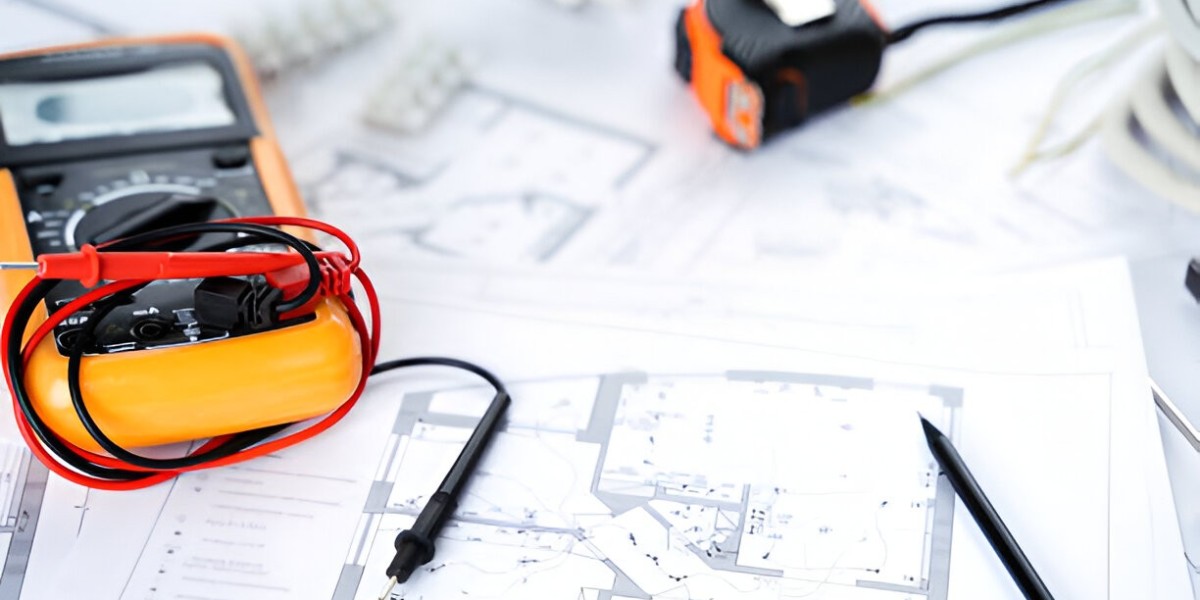When embarking on an electrical project, understanding the cost is one of the most crucial aspects of planning. A detailed cost analysis ensures that you stay within your budget and avoid unexpected expenses. This article explores what makes an electrical project cost analysis effective and what key elements you should look for to make informed decisions.
Importance of Electrical Project Cost Analysis
Electrical work is required for building and remodeling projects. Whether you are building a new facility, renovating existing infrastructure, or doing normal maintenance, knowing the cost breakdown helps with planning and resource allocation. If you do not undertake a thorough cost analysis, you face the risk of exceeding your budget or encountering delays. Collaborating with an experienced electrical estimation company ensures accurate projections and minimizes risks.
Material Costs
An important consideration for any electrical installation is material prices. A thorough list of the necessary components, such as cables, conduits, panels, and fixtures, should be included in the study, along with the current market values for each. It is crucial to make sure the study incorporates fresh pricing data because material costs can change as a result of supply chain problems or market demand.
Labor Costs
The biggest expense on the budget is frequently labor. The expected time needed for the project and the hourly rates of technicians and electricians should be covered in depth in the study. Understanding the scope and timeline helps you evaluate these costs accurately.
Permits and Inspections
Compliance with local regulations is mandatory for any electrical project. The analysis should outline the necessary permits and associated fees for inspections. Missing this step can lead to fines or project delays.
Equipment Rentals or Purchases
The analysis should list tools or machinery needed for the project, such as lifts, drills, or testing equipment. It should also compare costs for renting versus purchasing equipment, as availability and associated expenses can significantly impact your budget.
Contingency Funds
To cover unforeseen costs, a contingency fund is essential. To reduce interruptions, the analysis should include a percentage set aside for unforeseen problems like material shortages or technical difficulties.
Comparing Estimates from Different Companies
It is wise to gather cost analyses from multiple sources before finalizing your choice. When comparing, ensure each analysis includes the same tasks for an accurate comparison. Look for detailed breakdowns rather than lump-sum figures. Companies with substantial expertise in electrical projects tend to provide more precise estimates.
Facts to Consider
According to market trends, worldwide supply chain interruptions have caused an average 10% increase in the price of electrical materials over the past 12 months. The lack of qualified electricians in many areas might raise labor expenses. Although choosing energy-efficient products may cost more upfront, they can save money over time.
Common Mistakes to Avoid
Ignoring hidden costs can lead to budget overruns. Make sure the analysis accounts for delivery charges, disposal fees, and other less obvious expenses. Overly optimistic timelines can result in unexpected overtime costs, so ensure realistic planning. Additionally, prices and project scopes can change over time, so periodic updates to the cost analysis are needed.
Evaluating the Scope of Work
Every task that needs to be done should be precisely defined in the scope of work. This covers maintenance, upgrades, and installs. A precise definition guarantees that there are no ambiguities, which can cause miscommunications or unforeseen expenses.
Ensure tasks like installations and upgrades are specified.
Verify maintenance activities are included in the scope.
Analyzing Material Quality
Not all materials are created equal. The cost analysis should specify the quality or grade of materials being used. Higher-quality materials may have a longer lifespan, which could justify their cost.
Check the durability of the materials used.
Compare costs for different grades of materials.
Assessing Timeline Feasibility
The timeline of the project should be realistic and clearly outlined. Delays can increase labor costs and disrupt schedules. Ensure the analysis reflects a practical timeline with allowances for potential delays.
Evaluate if the proposed timeline is achievable.
Consider potential delays in the schedule.
Reviewing Safety Measures
An essential component of the cost analysis should be safety precautions. This covers clauses pertaining to the use of personal protective equipment, safety instructions, and compliance with safety regulations. These components guarantee a secure workplace and avert expensive mishaps.
Confirm the inclusion of safety equipment costs.
Assess the need for specialized safety training.
Considering Environmental Impact
Environmental considerations, such as waste management and the use of sustainable materials, should also be included. These factors may have additional costs but are increasingly important for regulatory compliance and public perception.
Check for plans regarding waste management.
Look for sustainable material options.
Evaluating Long-Term Cost Implications
Understanding the long-term cost implications is crucial. This includes considering maintenance needs, energy consumption, and potential upgrades over time.
Analyze future maintenance requirements.
Checking Warranty and Support Provisions
A comprehensive cost analysis should include warranties for materials and support provisions for post-project needs.
Confirm warranty coverage for key components.
Review the availability of post-project support services.
Ensuring Clear Communication Channels
Effective communication between all stakeholders is essential for a successful project. The cost analysis should account for tools or practices to maintain transparency.
Assess the plan for stakeholder updates.
Verify methods for addressing unexpected issues.
Final Thoughts
A thorough electrical project cost analysis serves as a guide for finishing the project successfully. You may make sure that your project stays financially feasible by concentrating on thorough breakdowns, comprehending market trends, and contrasting estimates. You can avoid more difficult problems later by taking the time to carefully consider the details now.










